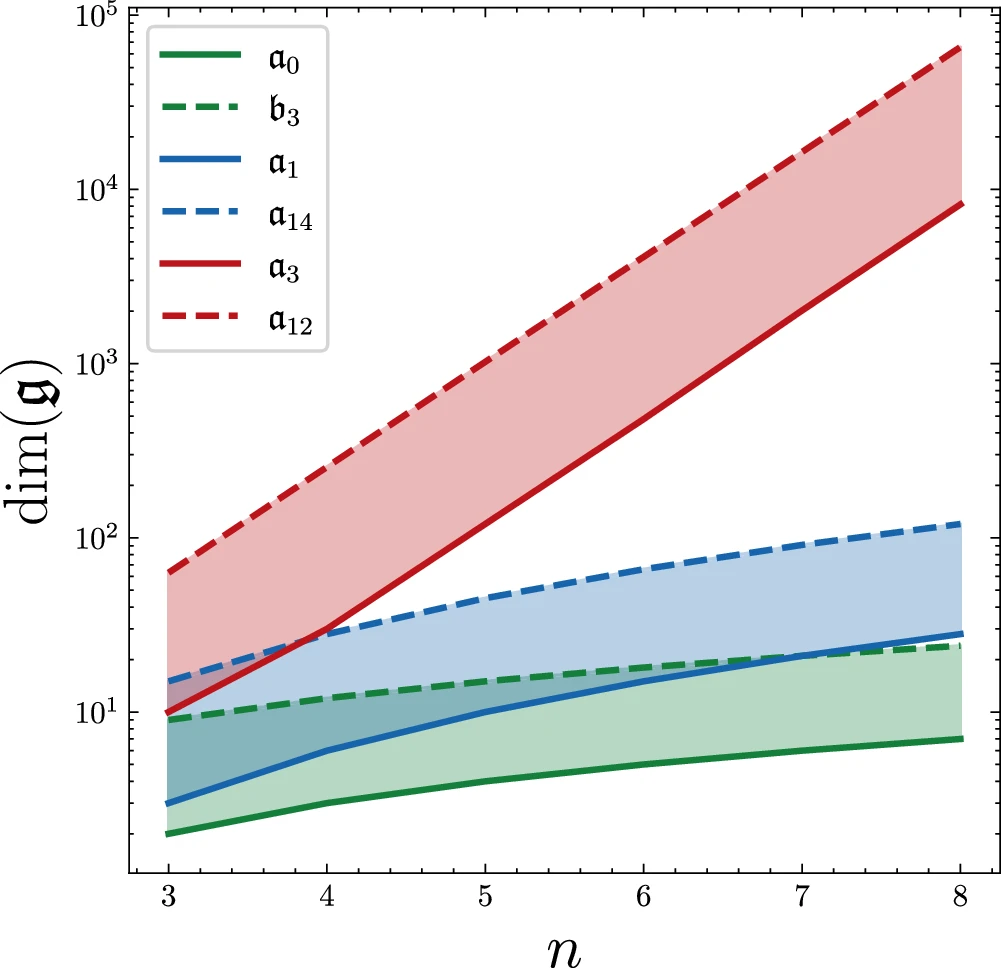The interface between local quantum devices and light quanta that enable the remote transmission of highly sensitive quantum information is a key topic of quantum communications.
The Otto-Hahn group “Quantum Networks” at the Max-Planck-Institute of Quantum Optics has now achieved a first breakthrough in a relatively simple but highly efficient technology that can be integrated into existing fiber optic networks.
For a quantum modem to work, the photons sent or received by the modem as quantum information carriers must be matched precisely to the infrared wavelength of the laser light used for telecommunications. This means that the modem must have qubits at rest that can react precisely to these infrared photons with a quantum leap. Only in this way the sensitive quantum information can be transmitted directly between the qubits at rest and the flying qubits.
The team showed that the element erbium is best suited for this purpose. Its electrons can perform a perfectly matching quantum leap. Unfortunately, the erbium atoms are very reluctant to make this quantum leap. Therefore, they must be fixated in an environment that forces them to react more quickly. To solve this problem, the erbium atoms and the infrared photons are locked up in a suitable space for as long as possible.
The team packed the atoms into a transparent crystal made of an yttrium silicate compound, which is five times thinner than a human hair. This crystal, in turn, is placed like a sandwich spread between two almost perfect mirrors. To eliminate the heat wobbling of the atoms, which is destructive to quantum information, the entire ensemble is cooled to minus 271 °C.
The photons trapped between the mirrors are reflected back and forth through the crystal like ping-pong balls. They pass the erbium atoms so often so that the atoms have enough time to react with a quantum leap. Compared to a situation without a mirror cabinet, this happens much more efficiently and almost sixty times faster. Since the mirrors, despite their perfection, are also slightly permeable to the photons, the modem can connect to the network.
The work has been published in Physical Review X.


